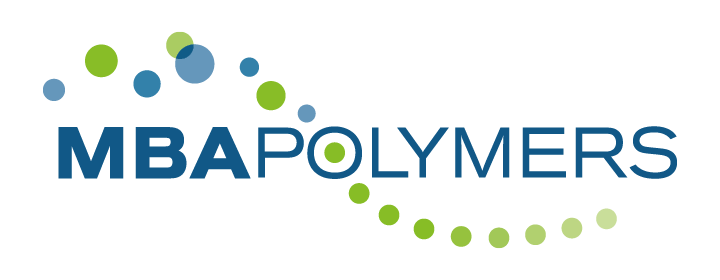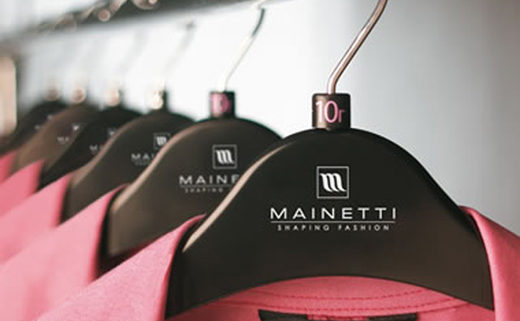Mainetti closes the loop in the manufacture of clothes hangers, with sustainability designed in
Mainetti are the world’s largest manufacturer of high quality clothes hangers for both wholesale and individual customers. With 50 years of experience in the industry, and a network of factories worldwide, products are used by fashion professionals globally to ensure that clothes of all types don’t lose their shape while being stored.
Sustainability is at the heart of Mainetti’s working practices. Industry-leading, they pioneered the recycling of garment hangers and today its reprocessing, resorting and recycling facilities are seen as a model for the rest of the industry.
Meeting targets for sustainability
In line with their sustainability policy, Mainetti needed to be supplied with a recycled plastic that was of consistent and high quality, and with good surface qualities in order to eliminate the risk of hangers snagging on clothes. Above all they wanted the plastic they used to be both economically and environmentally sustainable and with a secure supply so they could deliver a consistent product to their customers.
We supplied Mainetti with post-consumer recycled polystyrene, and impact modified polystyrene for this purpose. Easy to process, with strong batch-to-batch consistency, MBA Polymer’s tightly controlled processes mean that whether we’re delivering these products in the EU or China, the rheological, mechanical and colour properties are always the same.
How did we help Mainetti meet its environmental targets?
MBA Polymers supported the sustainability practices of Mainetti by using low carbon and low emission manufacturing processes and sourcing 100% post-consumer feedstock, allowing them to manufacture high-quality clothing hangers in the most economically and environmentally efficient way possible.
“Wherever we work around the world, we’re committed to taking action to preserve the environment, through a series of recycling schemes developed in partnership with our clients.” – Mainetti
Download the Mainetti case study

